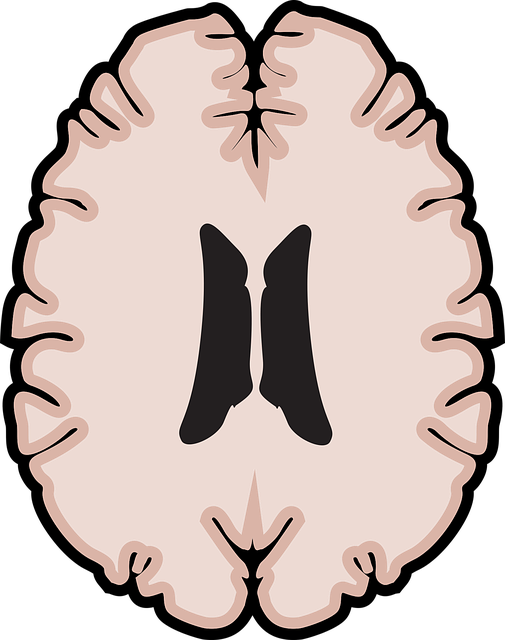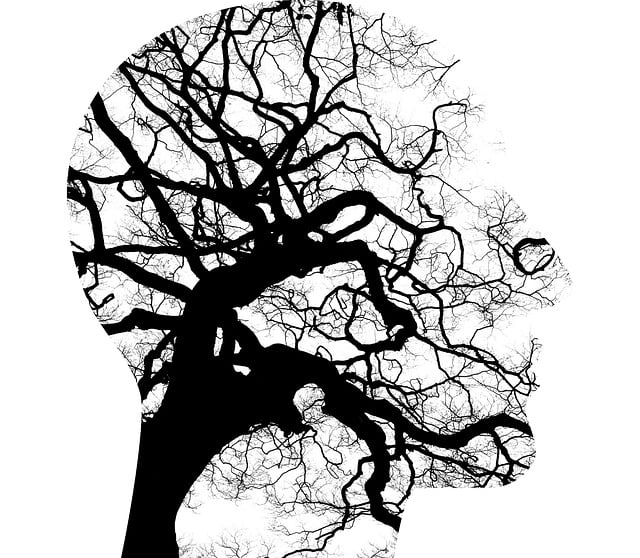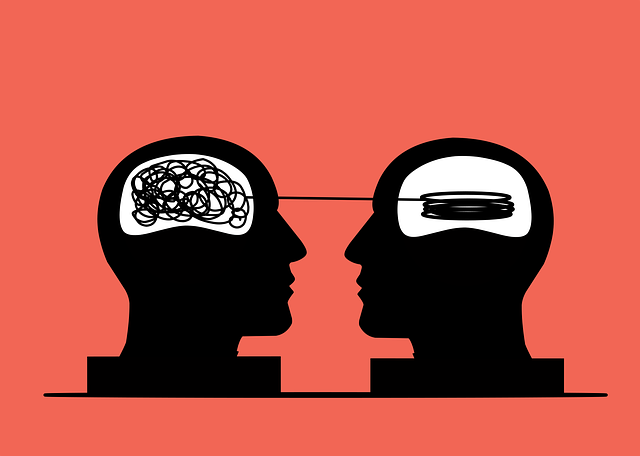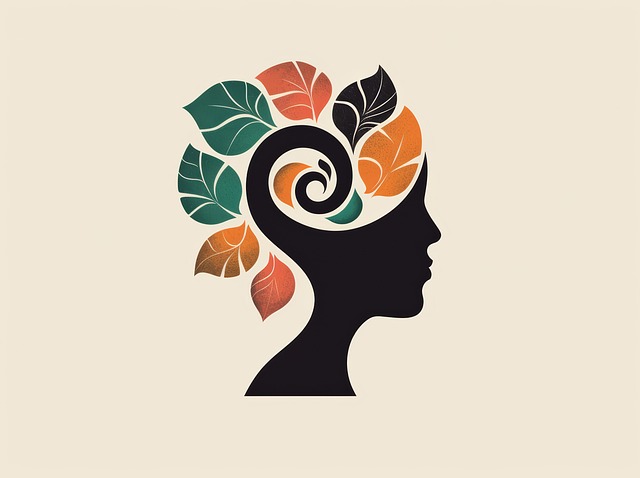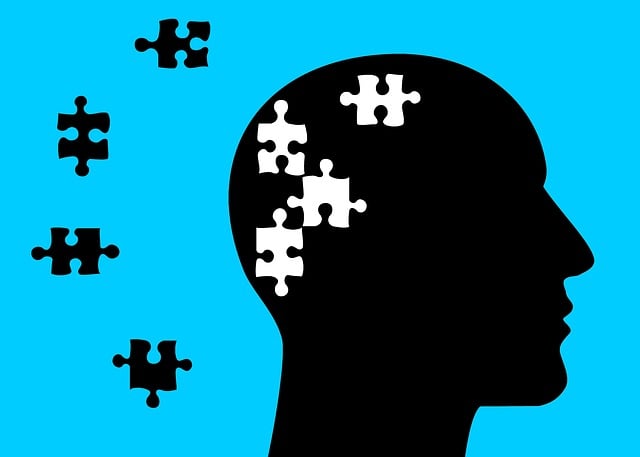Mental wellness apps targeting young people (5-19) need specialized marketing strategies addressing academic pressure, social media influence, and life transitions. Focus on accessible therapy for children, adolescents, and teens through engaging features like gamification and peer support communities, prioritizing trauma support and emotional well-being promotion. Ensure privacy for younger users and highlight the app's role in empowering teens to manage stress, anxiety, and depression effectively. Leverage digital channels like Instagram, TikTok, and YouTube, along with targeted email campaigns and partnerships with mental health organizations, to reach parents, healthcare providers, and young users. Track KPIs like session completion rates, usage frequency, and user satisfaction to measure success and refine the app's curriculum based on Mind Over Matter principles.
“Unveiling a comprehensive marketing strategy for mental wellness apps, this article guides developers and marketers in addressing the growing need for digital therapy. With a focus on young children, adolescents, and teens, we explore audience understanding and unique positioning. Learn how to leverage effective channels like social media, influencer partnerships, and school collaborations to reach and engage these demographics. Discover key metrics for success, ensuring your app’s impact is measured, fostering positive mental health journeys for the youth.”
- Understanding the Target Audience: Young Children, Adolescents, and Teens
- Market Positioning and Differentiation for Mental Wellness Apps
- Effective Marketing Channels and Strategies
- Measuring Success and User Engagement for Therapy Apps
Understanding the Target Audience: Young Children, Adolescents, and Teens

Mental wellness apps targeting young children, adolescents, and teens need to approach marketing with a deep understanding of their audience’s unique needs. This demographic faces increasing pressures from academic demands, social media influence, and life transitions, often leading to heightened stress levels and mental health challenges like anxiety and depression. Marketing strategies should emphasize the app’s ability to provide accessible therapy for young children, adolescents, and teens, promoting a safe space for emotional expression and coping mechanisms tailored to their age group.
By focusing on trauma support services and emotional well-being promotion techniques, apps can attract users seeking anxiety relief and build trust with parents and caregivers. Marketing materials should highlight engaging features that make the app appealing to teens, such as gamification elements or peer support communities, while ensuring privacy and parental controls for younger children. Effective messaging will stress the app’s role in empowering young users to take charge of their mental health and develop healthy coping strategies.
Market Positioning and Differentiation for Mental Wellness Apps

In the competitive market of mental wellness applications, effective positioning and differentiation are key to attracting specific user segments. For apps catering to therapy for young children, adolescents, and teenagers, a nuanced approach is essential. By focusing on age-appropriate mental wellness journaling exercises and guidance, these apps can carve out a unique niche. This strategy allows them to stand out from broader, more generic adult mental health apps, while also addressing the specialized needs of younger users who may struggle with anxiety, stress, or emotional regulation.
The market can be further differentiated by emphasizing self-care practices tailored to adolescents and teenagers. Apps that offer creative, engaging ways to practice mindfulness, meditation, and other self-soothing techniques specifically designed for this age group can fill a significant gap in the digital wellness landscape. This approach not only caters to the growing demand for accessible mental health support among youth but also paves the way for building long-term user loyalty by fostering healthy emotional regulation habits from a young age.
Effective Marketing Channels and Strategies

In developing a marketing strategy for a mental wellness app targeting therapy for young children, adolescents, and teens, leveraging digital channels is essential. Social media platforms like Instagram, TikTok, and YouTube offer powerful tools to connect with this demographic directly. Content strategies can include engaging videos featuring relatable teen experiences, expert interviews, and interactive challenges that encourage open conversations about mental health. Influencer partnerships with respected young influencers or mental health advocates can also amplify reach and credibility.
Complementing digital efforts, targeted email marketing campaigns aimed at both parents and healthcare providers—including those focused on Cultural Competency Training and Mental Illness Stigma Reduction Efforts—can effectively promote the app’s benefits. Additionally, collaborating with mental health organizations and integrating content that aligns with current trends in Mental Health Policy Analysis and Advocacy will ensure your app remains relevant and appealing to a wide audience.
Measuring Success and User Engagement for Therapy Apps

Measuring success and user engagement for therapy apps is a multifaceted process that goes beyond downloads. For apps catering to therapy for young children, adolescents, and teens, tracking key performance indicators (KPIs) such as session completion rates, regular usage frequency, and user satisfaction scores is paramount. These metrics provide insights into the app’s effectiveness in delivering therapy and its ability to engage users consistently, which are critical factors for positive mental wellness outcomes.
Additionally, focusing on specific features like Mindfulness Meditation sessions or Burnout Prevention programs can offer valuable data on what content resonates most with users. By analyzing user interactions with these features, developers can refine the app’s curriculum based on the underlying Mind Over Matter principles, ensuring a more personalized and impactful experience for each individual user. This continuous evaluation loop allows for iterative improvements, enhancing the overall value and appeal of the therapy app in the market.
Developing a comprehensive marketing strategy for mental wellness apps aimed at young children, adolescents, and teens involves understanding their unique needs and preferences. By positioning these apps as accessible and engaging solutions for therapy, you can differentiate your product in a crowded market. Leveraging digital marketing channels like social media, influencer partnerships, and targeted online ads will help reach this demographic effectively. Measuring success through user engagement metrics, such as app downloads, session completion rates, and positive feedback, ensures the app addresses the target audience’s mental health concerns. With the right approach, these apps can become valuable tools to support the emotional well-being of young individuals.






